This article is the final installment in a four-part series about the history of Art Basel Miami Beach published in the run up to Art Basel Miami Beach 2022. The first chapter can be read here, the second here, and the third here.
The ripple effect
The fair rippled out throughout Miami, prompting events all over town that have only multiplied over the years. Design Miami was created in 2005 to heed requests to include design galleries. ‘The significance of the Art Basel Miami Beach phenomenon influenced the entire South Florida region,’ says Bonnie Clearwater, former director and chief curator of MOCA North Miami. ‘“Miami Art Week” has spread north to Fort Lauderdale and Palm Beach. … What happens around the fair – at private collections, museums, artist studios, and on the street, not to mention the parties,’ she adds, ‘has become as much of an attraction as the fair itself.’
In the first year of Art Basel Miami Beach for example, Jeffrey Deitch presented a special project in the then nascent Miami Design District at the invitation of Craig Robins, the visionary developer of area: an installation of paintings by Kehinde Wiley, with works on the walls and on the ceiling. This began a tradition of special exhibition projects in the Design District almost every year, Deitch says, which have included an art products store and the exhibition ‘Live Through This’, which documented the New York art vanguard of the mid-2000s.
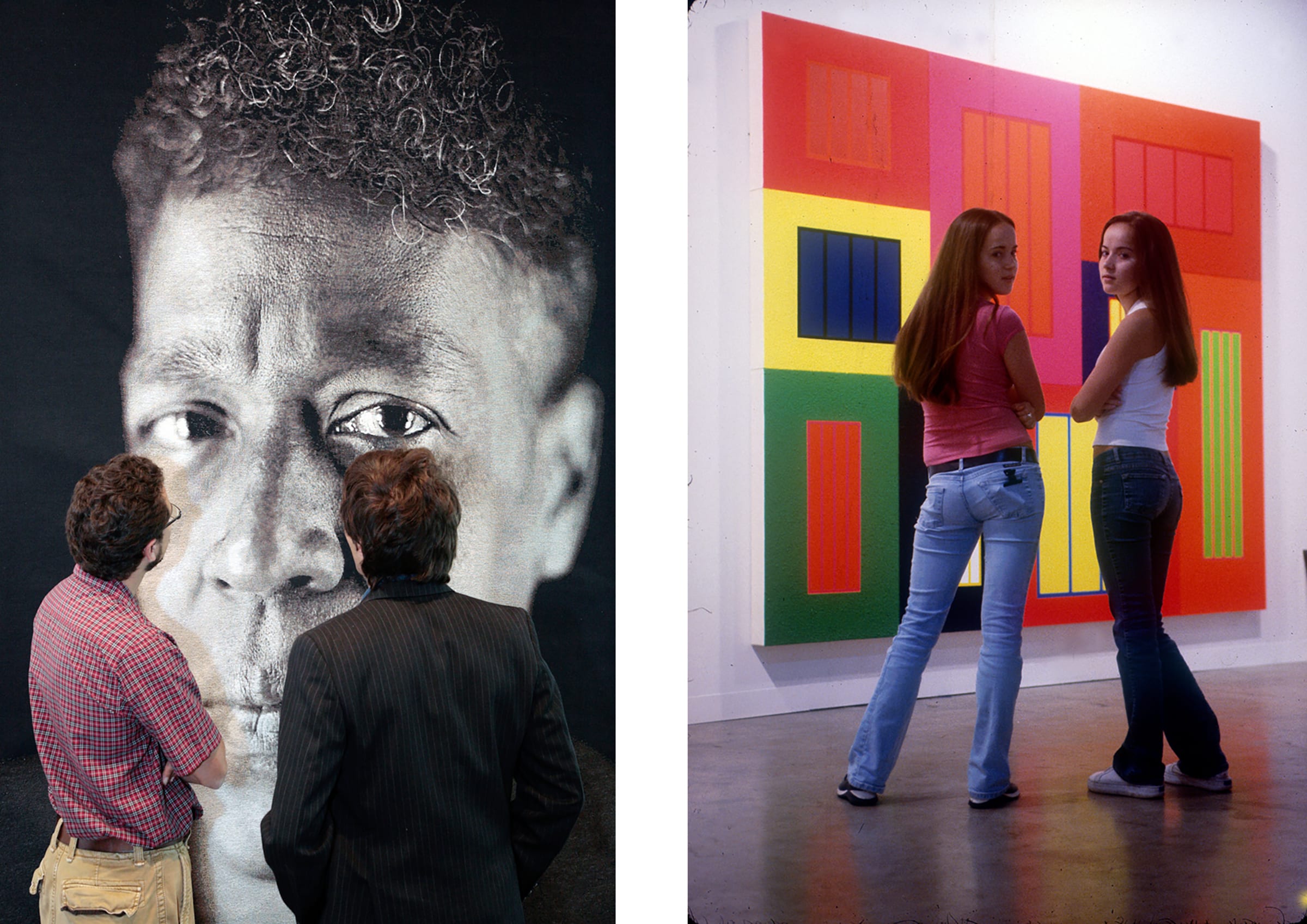
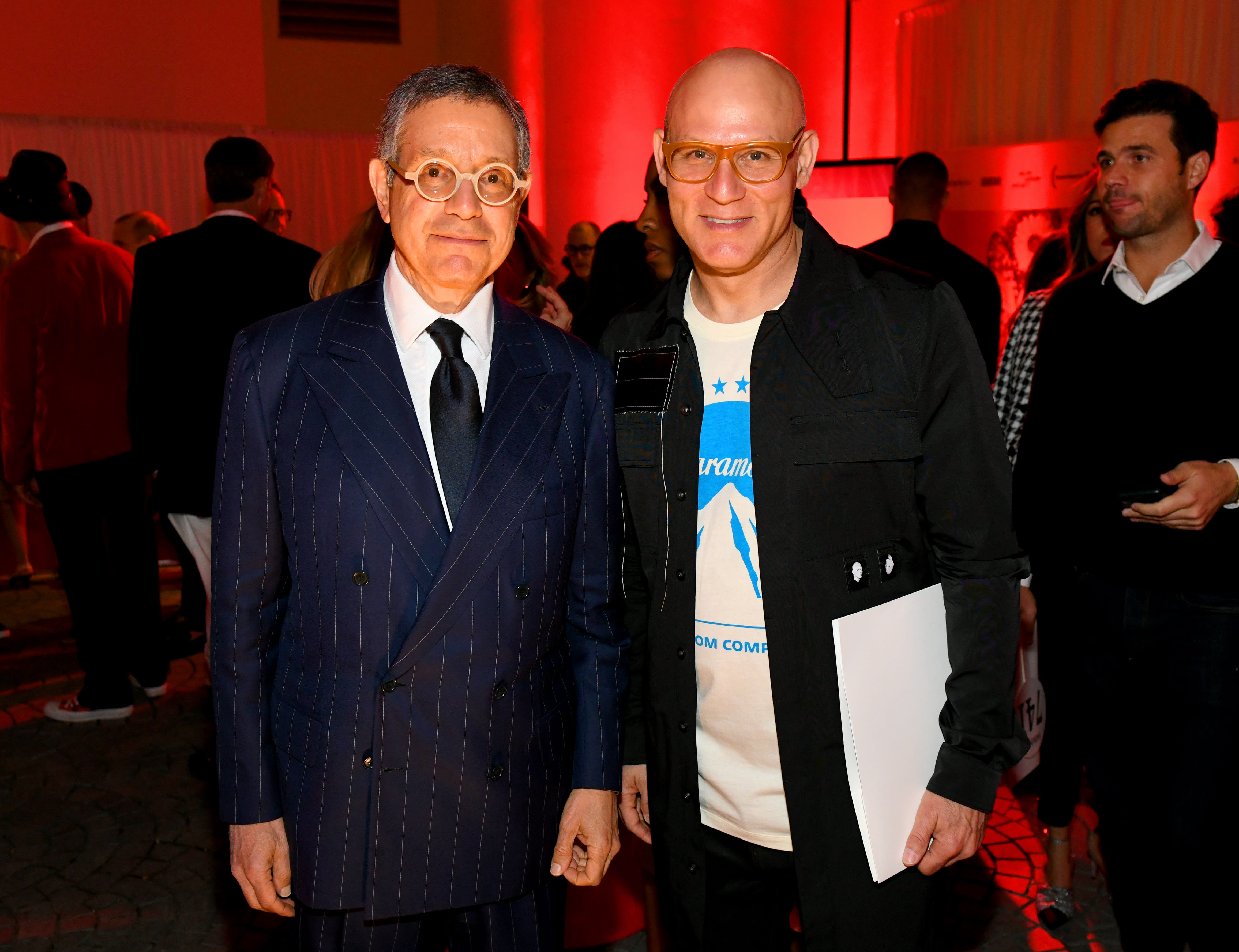
Deitch’s then gallery, Deitch Projects, became famous for its lively performance program, which began in 2002 at the home of collector George Lindemann. ‘George had emptied his house prior to an extensive renovation project, and invited us to use his beautiful 1930s Spanish revival house for an immersive performance project,’ Deitch says. ‘It was one of the most extravagant events I have ever hosted. Fischerspooner performed on a stage above the pool and they all jumped in at the finale, reemerging for the encore.’
Deitch maintained the Miami performance program while he was director of MOCA in Los Angeles, presenting LCD Soundsystem. His last event featured Miley Cyrus and The Flaming Lips in 2014. ‘It was a phenomenal performance, but by that time, our party was too high-profile and too popular,’ he says. ‘There was a riot of uninvited fans trying to get in.’ After that, Deitch switched to exhibition projects, starting with an ‘Unrealism’ series in 2015. This year, he will have his sixth Design District collaboration with Gagosian, an exhibition entitled ‘100 Years’.
The artist Carlos Betancourt was part of a program that brought Art Basel visitors to artist studios. Having moved from Puerto Rico to Miami as a teenager in 1981 – and been inspired to become an artist by Christo’s ‘Surrounded Islands’ in Biscayne Bay in 1983 – Betancourt says the fair was ‘a validation’. ‘Art Basel gave us a sense of approval for those who always had an insecurity about Miami,’ Betancourt says. ‘Basel was a huge force.’
The fair has also reached Miami’s schools, drawing local children who come to learn about art. ‘They probably never would have gone to a museum,’ says Robert Goodman, a collector and president of Miami Beach-based Garber & Goodman Advertising and Marketing. ‘This fair touches their lives.’
In 2003, Art Basel and publisher Taschen co-hosted the launch of GOAT (Greatest of All Time), a 75-pound limited-edition book in tribute to Muhammad Ali and featuring an original multiple by Jeff Koons and silver gelatin prints by Howard Bingham. The launch event was held at the Miami Beach Convention Center, the historic site of Ali’s 1964 victory over Sonny Liston, featuring a recreation boxing ring, with Koons and Ali in the ring cheered on by their wives, Lonnie Ali and Justine Koons. ‘We got the original floor plans from the City of Miami Beach and we recreated the original boxing match,’ Lauren Taschen says.
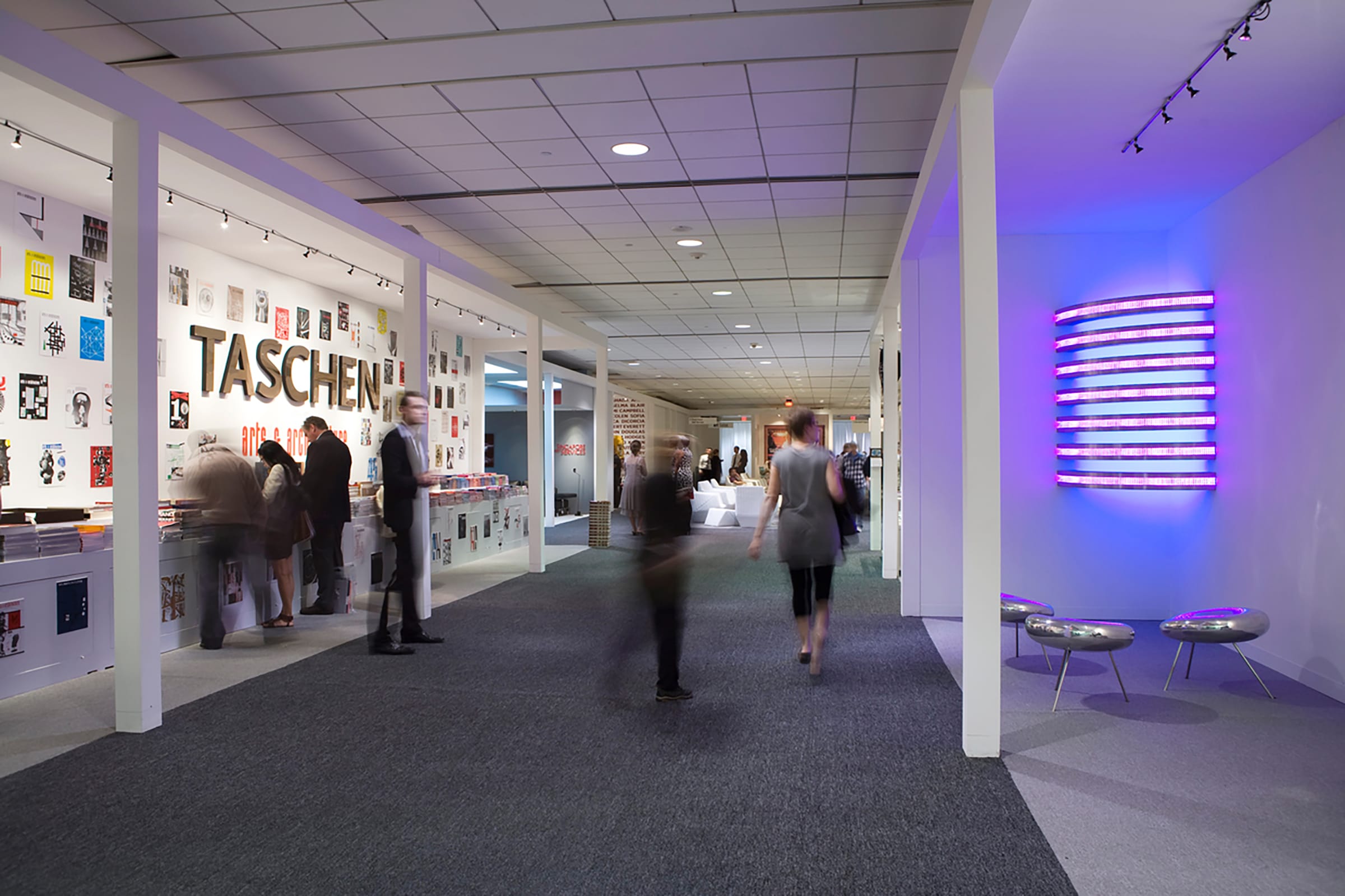
In 2003, the New York Times’s T Magazine also commissioned artist Jessica Craig Martin to capture the week, creating an art and fashion spread that featured more than 25 artworld insiders as the models. There is Amalia Dayan, then working at Gagosian, wearing Helmut Lang and white gloves handling a 1963 Warhol Liz; Yvonne Force in Tom Ford for Yves Saint Laurent Rive Gauche with dealer Sandra Gering in her booth in front of a Leo Villareal; Stefania Bortolami in Helmut Lang at the de la Cruz’s opening of their private collection.
‘We knew Art Basel Miami Beach was securely on the map,’ says Fitzmaurice, who helped organize the shoot – published in 2004 – and was herself featured in it.
In 2005, collector Ella Fontanals-Cisneros hosted a brunch at CIFO Art Space that became very popular and was included in the VIP program and continued for 18 editions. ‘One of the greatest accomplishments of Art Basel Miami was the international public invited and brought to the city, that, thanks to the fair, started to be involved with Latin American art,’ she says. ‘All this interest encouraged me to be more involved.’
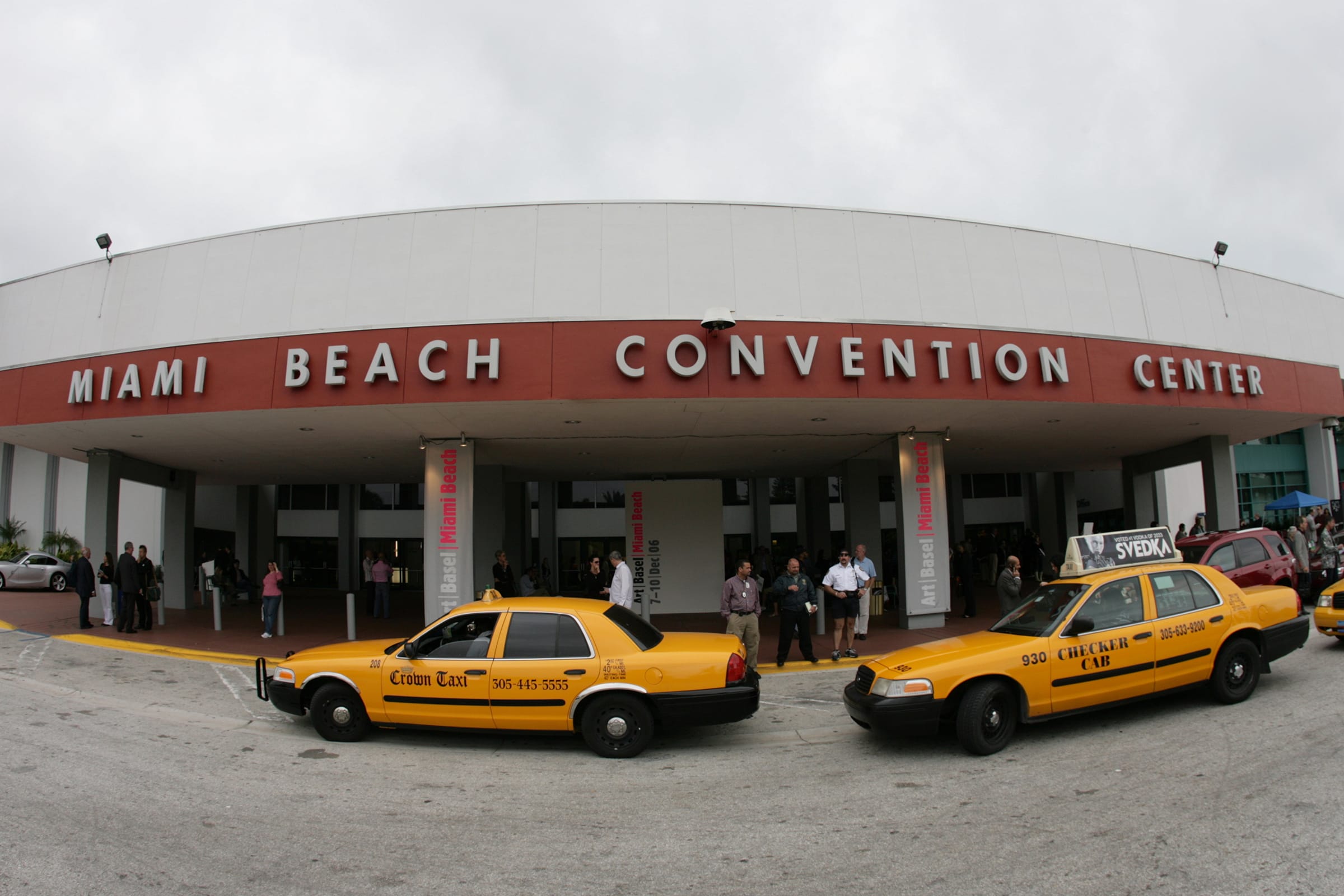
Full of Surprises
And, of course, there were surprises. ‘Running an international art fair in Florida requires a high ability to deal with the unexpected,’ says Marc Spiegler, Art Basel's Global Director. ‘When the Convention Center was renovated we completely redesigned the floor plan around having four entrances. But then a hurricane delayed the construction and suddenly one of those four entrances was actually a giant gaping hole and the other one was a tiny unfinished corridor. Then that corridor suddenly had to shut down for half a day because a massive wind blew loose a huge tarp covering the construction site – making it impossible to go through that side of the building without risking getting pummeled.’
Goodman recalls a time when a womanwalked into a hotel lobby totally naked except for body paint. Or another time when a visitor released thousands of ladybugs onto the floor of the convention center. ‘We were vacuuming all night,’ he says.
Then there are the celebrities who come through, from Barbra Streisand to Tony Bennett to Sylvester Stallone. ‘DiCaprio walks around with sunglasses and a hat so he can be incognito and buy art,’ Goodman says.
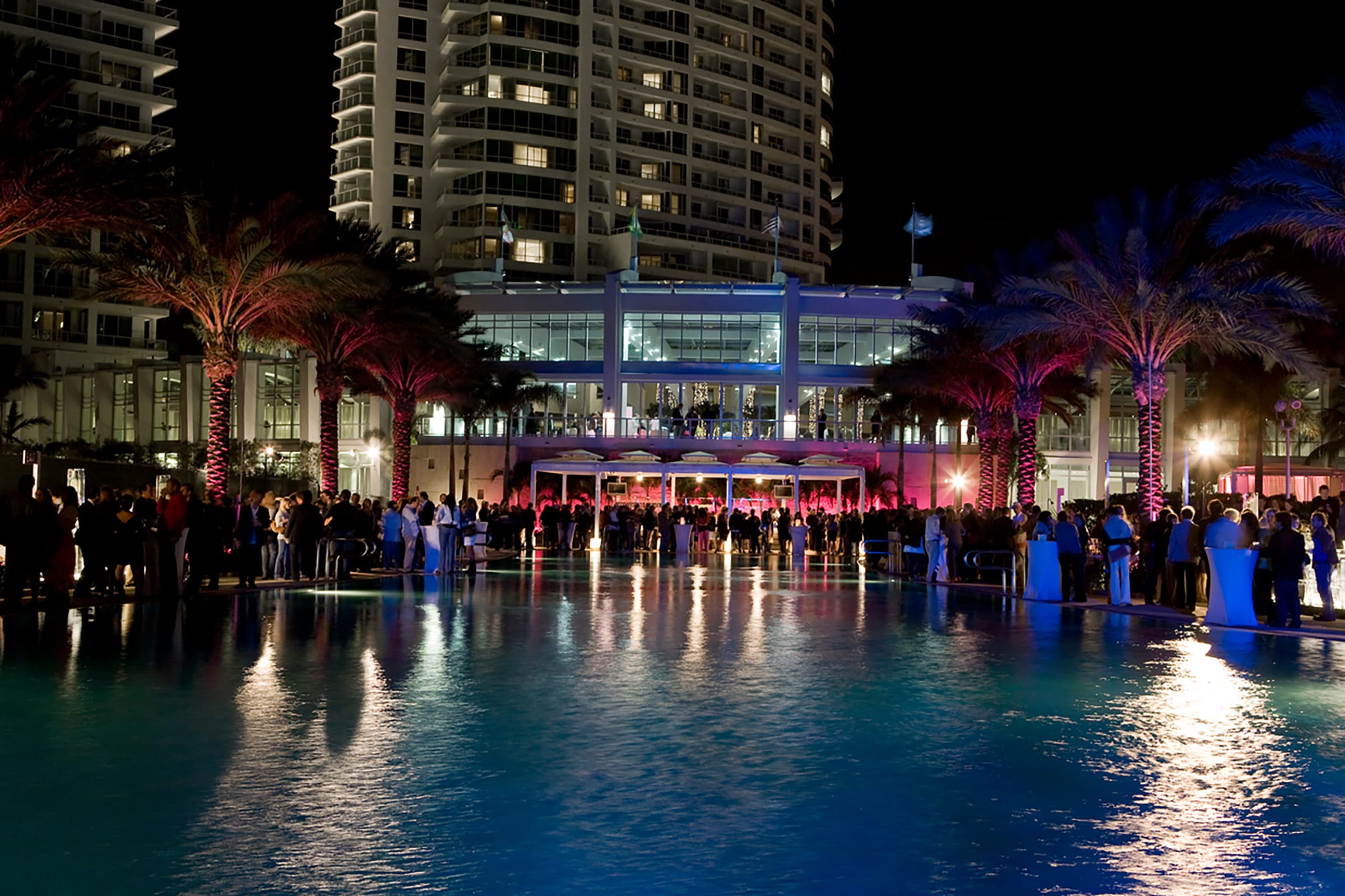

In the first or second year of Art Basel Miami Beach, Miami collectors Marvin Ross Friedman and Adrienne bon Haes invited Miami Herald reporter Jane Wooldridge, who has covered every Art Basel Miami Beach since its launch, for Champagne with Robert Rauschenberg and James Rosenquist. ‘The guys were telling stories about the old days, and it was easy to forget that these were some of the most seminal artists of our age,’ Wooldridge says. ‘Bob’s health was poor even then, and I’m not sure he came again. But Jim did for years, and a group of us often dined together. It was always a treat.’
There was the year Craig Robins held a dinner for Design Miami at an immeasurably long table in the street in the Design District, Wooldridge recalls, that looked like a scene out of a Massimo Vitali photograph. Another year, artist Spencer Tunick recruited hundreds of nude locals for a photo shoot at The Sagamore Hotel in Miami Beach. Franklin Sirmans, now the director of Pérez Art Museum Miami (PAMM), recalls Uncle Luke from Miami legends 2 Live Crew rocking PAMM Presents in a sea of thousands on the museum’s terrace (2016); Christian Louboutin and Swizz Beatz partying on the upper deck at the opening for Ebony Patterson (2018); and Jamilah Woods singing in the rain (2019).
The artists, of course, were always at the center. ‘Looking back over 15 years with Art Basel, Ryan McNamara’s Meem4Miami: A Story Ballet About the Internet in December 2014 was one of my proudest moments,’ Spiegler says. ‘It had started as a prize-winning commission from Performa and we worked with them to bring it to Miami Beach, hosted in the former Playboy Club. It was not easy, because the piece required a large team of disciplined people – always hard to find in Miami. Ryan managed in this surreal environment to physically recreate the experience of surfing the Internet, by wheeling people all over the building into environments that channeled everything from classical ballet to strip-club vibes.’ It was not easy, though. McNamara recalls showing up to a rehearsal space with 15 other performers for his only rehearsal to find a Wyclef Jean concert in progress. Other fun memories, McNamara says, included walking into his Airbnb living room ‘to find the musician Robyn sitting on the couch holding a Wasa cracker like a phone to her ear’.
There have been countless memorable art installations. In 2006, among the most talked-about works was in the booth belonging to Gavin Brown’s Enterprise: suspended by a motor on the ceiling, a packet of Camel cigarettes spinning round and round by Urs Fischer. Price tag: $160,000. In honor of her parents’ 50th wedding anniversary in 2014, artist Jennifer Rubell created a performance piece featuring a wedding party in black tie and cake for the attendees. In 2015, a knife attack at the fair’s Nova sector – which focuses on young artists – was confused by some for a piece of performance art; fortunately, the victim survived. ‘I was doing an interview with Noah Horowitz [Art Basel’s Director Americas from 2015 to 2021 and its newly appointed CEO] at the time that the stabbing happened,’ Spiegler remembers. ‘Suddenly everybody’s walkie-talkie was beeping. We took a hidden path through the building over to the Nova section. It was Noah’s first year, and I remember him looking back at me, arching his eyebrows and saying, “What have you gotten me into, man?” And all I could think of to say was, “This never happened before!”’
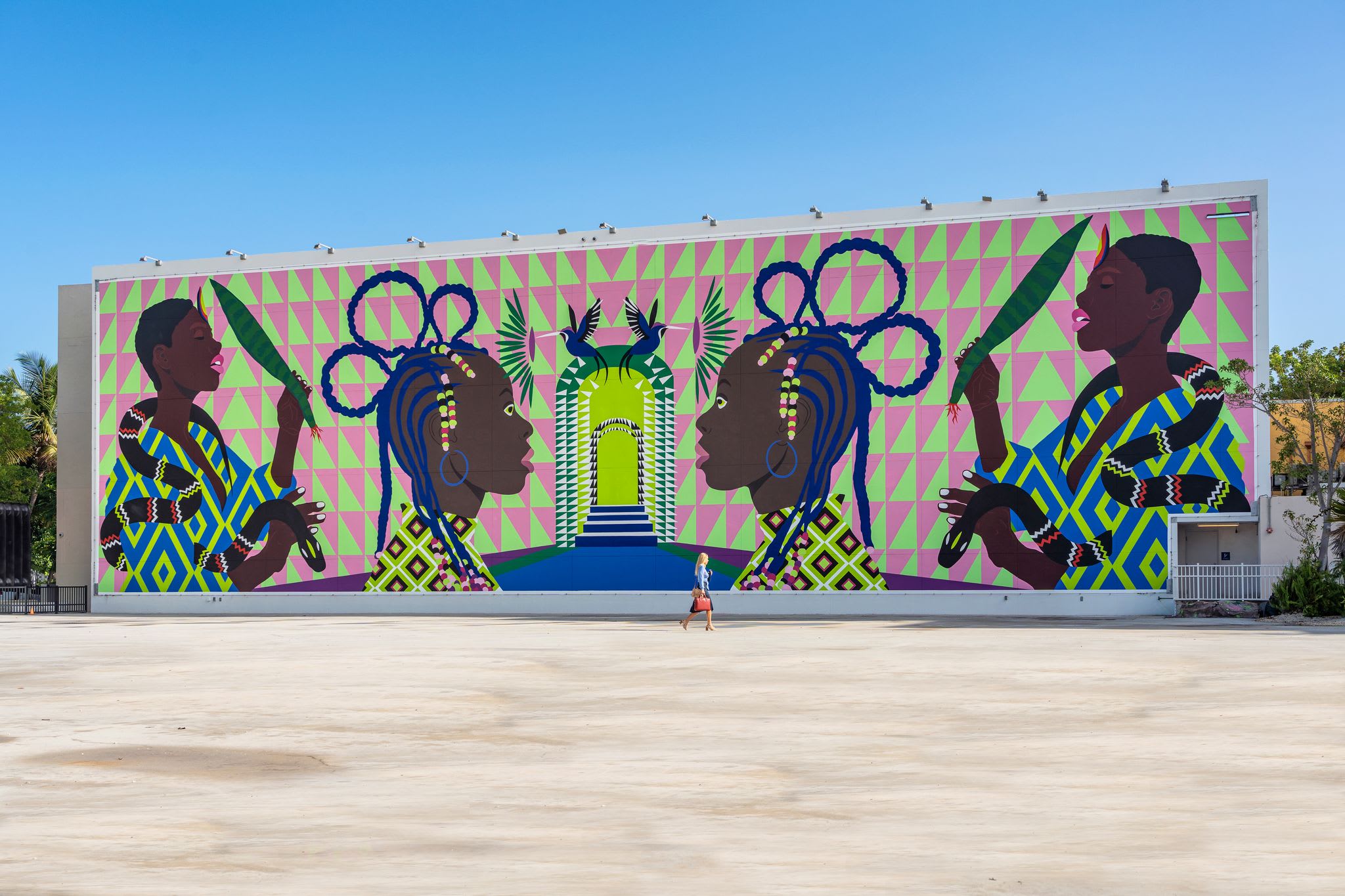
And then there was the banana. When Maurizio Cattelan pinned his (somewhat overripe) banana to the wall of Perrotin with gray duct tape, it made international headlines. Critics debated the artistic merits of the installation, given that three buyers paid between $120,000 and $150,000 each for such pieces, and two additional artist proofs went to museums. That Christmas, Wooldridge ordered plastic bananas from Amazon and taped them to canvases as gifts for friends. Clearwater gave a lecture titled ‘When is a Banana a Work of Art’ to a packed audience at NSU Art Museum Fort Lauderdale in February 2020 (the video of the lecture is on the museum’s YouTube channel). ‘It generated such massive worldwide attention that it got everyone talking about how we define art and assign value,’ Clearwater says.
In the years since the fair began, Miami Beach has solidified its reputation as a vibrant, hip cultural capital. ‘It’s put Miami on the international cultural awareness map,’ says longtime Art Basel VIP Representative and Senior Business Advisor Stefanie Block Reed. The fair has helped spur other major art developments such as the reopening of the Pérez Art Museum Miami in 2013 and the opening of ICA Miami, funded by collectors Norman and Irma Braman, which opened in 2017. The fair has also been a significant economic boost for Miami and helped shape its transformation from a mid-tier regional city to a world-class metropolis. Wooldridge says: ‘People who thought of Miami as a simplistic backwater completely changed their view.’
More recently, the pandemic saw many wealthy people flocking to Miami to buy or rent homes. ‘There is an energy and spirit here that can’t be matched,’ Wooldridge says. ‘So many places are stuck in an unmalleable paradigm. We’re still becoming. You don’t have to have a family legacy to make a difference in the community; you just have to show up and dig in. I love that.’
The fair has helped inspire the Knight Foundation’s goal of expanding art in Miami, foundation president Alberto Ibargüen says, ‘and made art the norm here’. Similarly, the fair itself has become a tried-and-true tradition, one many look forward to as a fixture on the calendar after Thanksgiving and before Christmas, a chance to gather with denizens of the artworld under sunny skies. ‘Most years, I get to the Art Basel, Design Miami, and Art Miami fairs at least twice, and I try to make a stop at most of the others around town,’ Wooldridge says. ‘I want to see as much art as I can. Sometimes my eyes and feet give out first.’
The first installment of this story can be read here, the second here, and the third here.
This article was originally commissioned for the Art Basel Miami Beach magazine 2022.
Robin Pogrebin has been a reporter for The New York Times since 1995, where she covers cultural institutions, the artworld, architecture, and other subjects.
DISCOVER MORE RELATED CONTENT BELOW:
Captions for full-bleed images: 1. View of the Miami Beach Convention Center. 2. Street view of the Miami Design District. Photo by Ra Haus. 3. Art Positions at Art Basel Miami Beach, 2008. 4. Installation view of Maurizio Cattelan's banana in Perrotin's booth at Art Basel Miami Beach 2019.